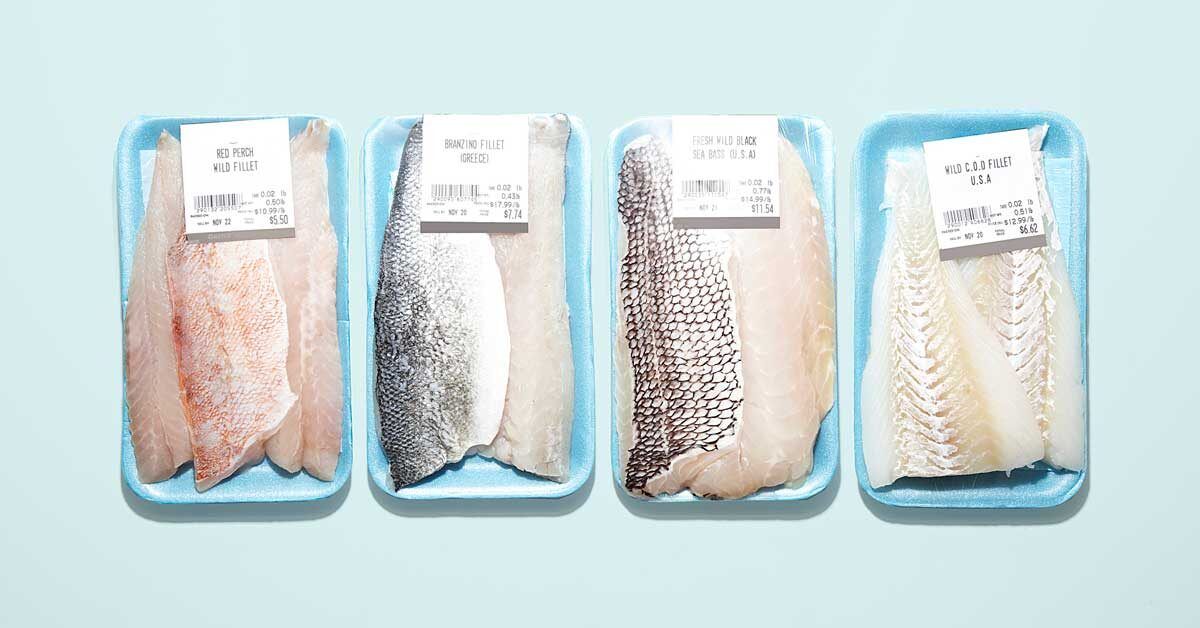People with high cholesterol levels may benefit from adopting a low fat diet. This involves reducing the intake of foods high in saturated and trans fats, both of which increase the harmful type of cholesterol that clogs the arteries.
People can transition to a
It is important to note that fats are not inherently “bad.” In fact, certain types are necessary for good health. If a person is aiming to reduce their cholesterol, they should
This article explains how a low fat diet can benefit people with high cholesterol. It also suggests healthy food swaps and provides general cooking tips.
The American Heart Association (AHA) recommends that people with high cholesterol limit their calories from saturated fat to
Saturated fat is usually solid at room temperature, and it is present in animal foods such as meat, poultry, eggs, and whole fat dairy products. Plant sources are less common, but some examples include coconut and palm oil.
The AHA also advises eliminating trans fats. These are partially hydrogenated oils that are present in many fried foods and baked goods such as crackers, cookies, and pizza dough.
People should eat moderate amounts of unsaturated fats, which include polyunsaturated and monounsaturated fats. Sources include fish, such as salmon and trout, and plant foods, such as olives, avocado, and nuts.
Older versions of the Dietary Guidelines for Americans recommended eating
Foods containing cholesterol include animal products such as red meat, shrimp, egg yolks, and whole fat dairy.
A low fat diet for cholesterol primarily focuses on limiting cholesterol, saturated fat, and trans fat. A person should not try to exclude all fats from the diet. Fat is an essential component of a nutritious, balanced diet, so it is important to consume enough polyunsaturated and monounsaturated fats.
A
Eating a diet low in saturated and trans fats
People may refer to LDL cholesterol as “bad” cholesterol because it causes the accumulation of fatty deposits in the walls of arteries. Having high LDL levels can cause a narrowing of the arteries. This narrowing can obstruct blood flow, which can lead to cardiovascular events, such as heart attack and stroke.
Additionally, trans fats lower high-density lipoprotein (HDL), or “good,” cholesterol. HDL helps remove fatty deposits in arteries, reducing the risk of cardiovascular disease.
Therefore, a low fat diet reduces the intake of foods that raise LDL and lower HDL. In doing so, it can reduce the bad cholesterol in the body and increase the good cholesterol.
People looking to lower their cholesterol levels through their diet can try the following
Try low fat meat
People can exchange fatty meats for lower fat choices. For example, they can opt for “select” or “choice” grades of meat rather than “prime” grades.
People can also choose chicken and turkey instead of higher fat poultry, such as duck and goose. It is also a good idea to limit processed meats, such as bologna and hot dogs.
Eat meatless meals
Meals that feature beans, vegetables, and plant-based protein sources are likely to contain lower quantities of harmful fats.
Instead of a beef burger, a person could eat a black bean patty. They could also replace beef lasagna, chicken stir-fry, and beef chili with vegetable lasagna, tofu stir-fry, and vegetable and lentil chili, respectively.
Swap meat for fish
As fish is low in saturated fat, people can try meals that feature fish instead of meat. Types of fish containing high amounts of omega-3 fatty acids, such as salmon, are particularly beneficial.
Choose liquid oils
Rather than cooking with lard or shortening, a person can use liquid vegetable oils, such as olive or avocado oil.
Bake with pureed fruit
Applesauce makes a good substitute for butter in oatmeal cookies and muffins. Mashed bananas are also a good swap for oil in bread and brownies.
Try whole grain foods
Instead of white bread and white rice, a person can choose whole grain bread and brown rice.
Swap full fat for low fat dairy
The AHA makes this recommendation, which is consistent with the
A
People can also use certain cooking techniques to help them maintain a low cholesterol and low fat diet. These
- trimming the fat from meat and removing the skin from poultry before cooking it
- broiling, baking, or grilling foods instead of frying them
- basting roasting meat with fruit juice rather than pan dripping
- cooking soup stock and stews a day ahead of time and removing the hardened fat before serving
- preparing vegetables with less oil and choosing a vegetable oil, such as avocado oil or olive oil
- flavoring vegetables with spices and herbs instead of using packaged vegetables with seasonings and sauces
A low cholesterol, low fat diet may differ dramatically from the standard diet in the United States, so trying to make a sudden change may feel overwhelming. If a person is finding it particularly challenging, they can contact a doctor or dietitian for help.
This professional can tailor a person’s diet to their preferences and factor in other health conditions and food allergies or intolerances.
A
If a person has high cholesterol, following a diet low in saturated and trans fats may be beneficial. Doctors recommend limiting the calories from saturated fat to less than
Adopting a low fat diet involves making several food swaps and following heart-healthy cooking methods. A dietitian can provide guidance and help a person make the necessary changes to their diet.




:max_bytes(150000):strip_icc()/ChickenBreast-7c055ca42ace4670867b52b9ab642824.jpg)






